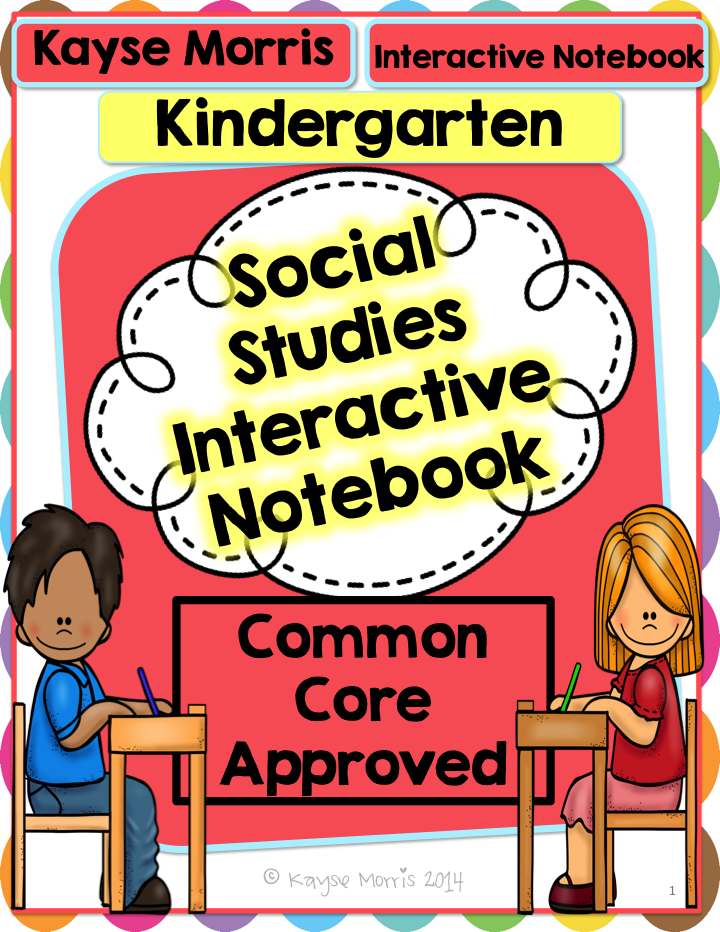

#Civics today textbook how to#
We started a social media campaign #smallschoolBIGvoice to raise awareness regarding school funding in the state budget.Ĭurrently, I award extra credit for attending school bd mtgs, city council mtgs, and finding out how to or registering to vote. When I put out a call on Twitter, teachers shared some strategies and instructional activities to get their students invested in civic action: See also: Young People as Change Agents: The Obama Foundation’s Approach to Civics Engagement and you’ve got to be committed to actions at the end of it.” And you have to put together your grievances and the things you care about in a rhetorically convincing structure that will bring you allies. “First, you got to figure out what your problem is, list your grievances, and then you’ve got to figure out what your values are for having some solutions. “Let me just remind you, it’s a how-to manual,” she said. Projects that encourage students to pick a problem facing their community and brainstorm a solution are a great way to get young people engaged, she said.Īnd when in doubt, turn to the Declaration of Independence, Allen said. On the panel, Allen urged educators to teach students the “capacities, skills, and know-hows” for civic action, as well as a base understanding of civic knowledge. 🙌 “We’re in a moment where being a teacher means much more than it has in past moments” - #teachdemocracy


In this age of division, Weingarten asked, “How do we teach in a way that engages kids to think that democracy matters, citizenship matters, voting matters?” “As a result, even when you start talking about wanting more people to vote, which is what we used to teach, that is now a political issue, not a democracy issue.” “This age of political polarization is now the lens through which everyone looks at everything,” she said. Weingarten, who was formerly a high school social studies teacher, asked how educators can tackle these concerns in the classroom. Now, they said, it’s become paramount to educate young people on being an engaged citizen in a democracy. Panelists-Danielle Allen, a government professor at the Harvard Graduate School of Education, and Timothy Snyder, a history professor at Yale University-argued that American democracy has been in crisis for decades. Last week in Washington, Randi Weingarten, the president of the American Federation of Teachers, moderated a panel discussion about “teaching democratic citizenship when democracy is at risk.” The panel, co-sponsored by the AFT and the Albert Shanker Institute, was in front of an audience of both educators and people who work in civics-related jobs (and this Education Week reporter). My colleague Alyson Klein recently reported on an Education Week survey of teachers’ political beliefs, and found that while most educators want to be neutral in class, politics has creeped into their work. And after the election of Donald Trump, educators set to work easing the divisions that had trickled into their classrooms. When the 2016 presidential campaign was underway, teachers reported feeling anxious about teaching such an inflammatory campaign cycle. I feel more responsible than ever to engage students but more apprehensive to do so. Teaching US History has become more complicated due to the divisiveness in our nation. If I stop for everything, then I won’t be teaching my content.”Īdd that to the fact that the partisan divide in the United States is deep and growing, and many teachers say that teaching civics and current events has become even more challenging. “It’s really hard to know when to press pause and say, ‘Let’s talk about what’s going on,’ when to ignore, and when to delay. “Everyday, there is something that happens that I could fit into my lesson plan,” said Jonathan Gold, a middle school history teacher in Providence, R.I., in a phone interview.


 0 kommentar(er)
0 kommentar(er)
